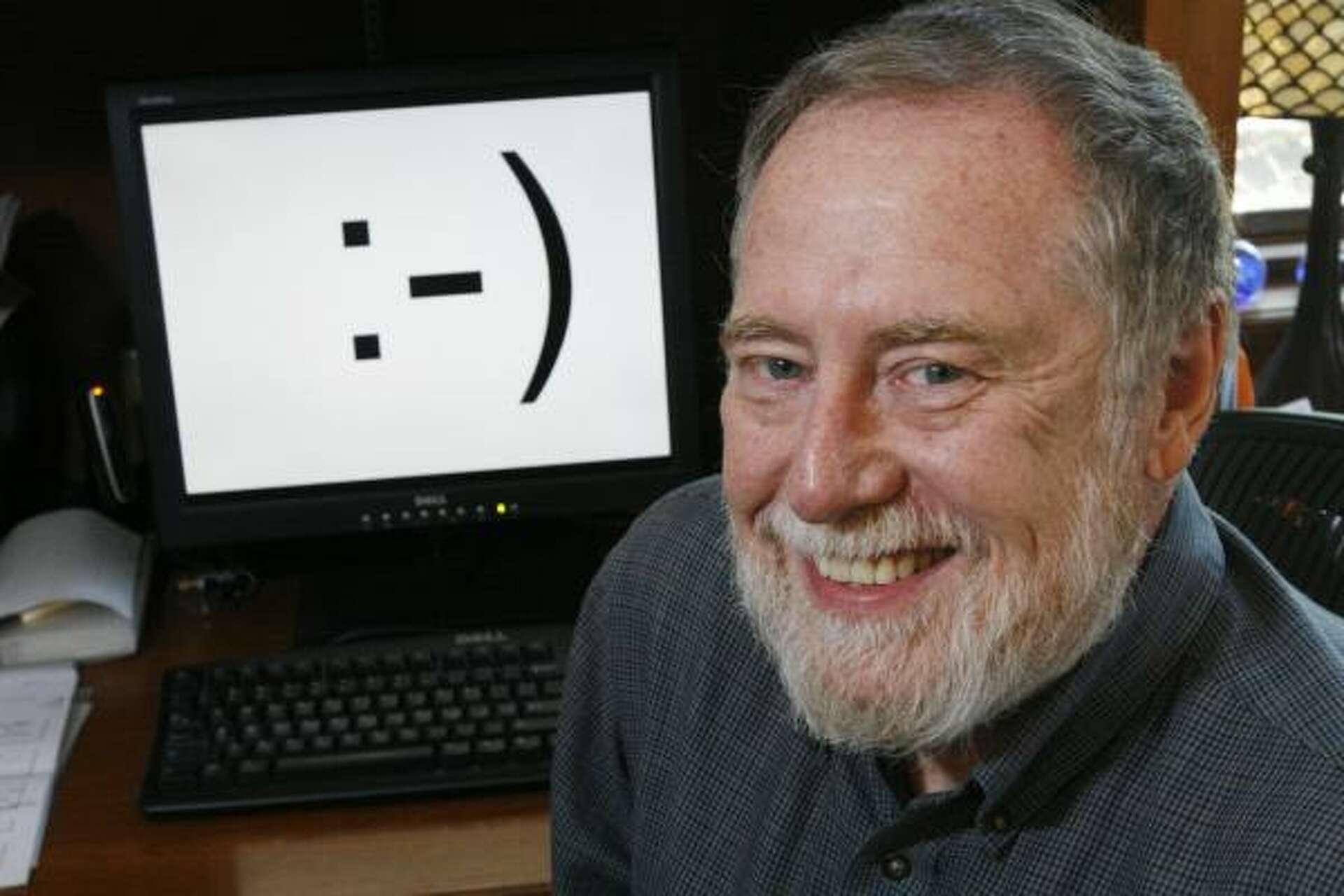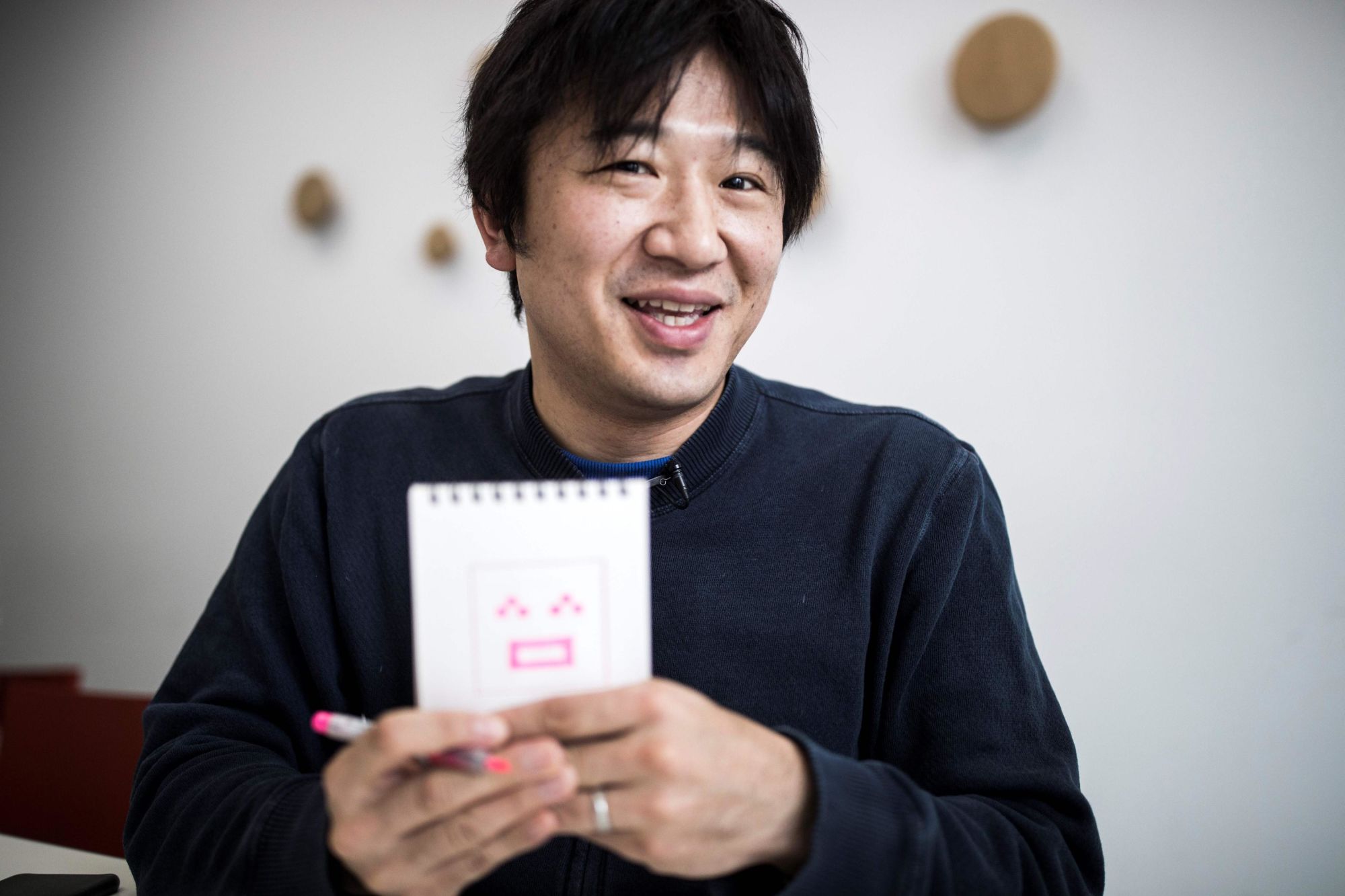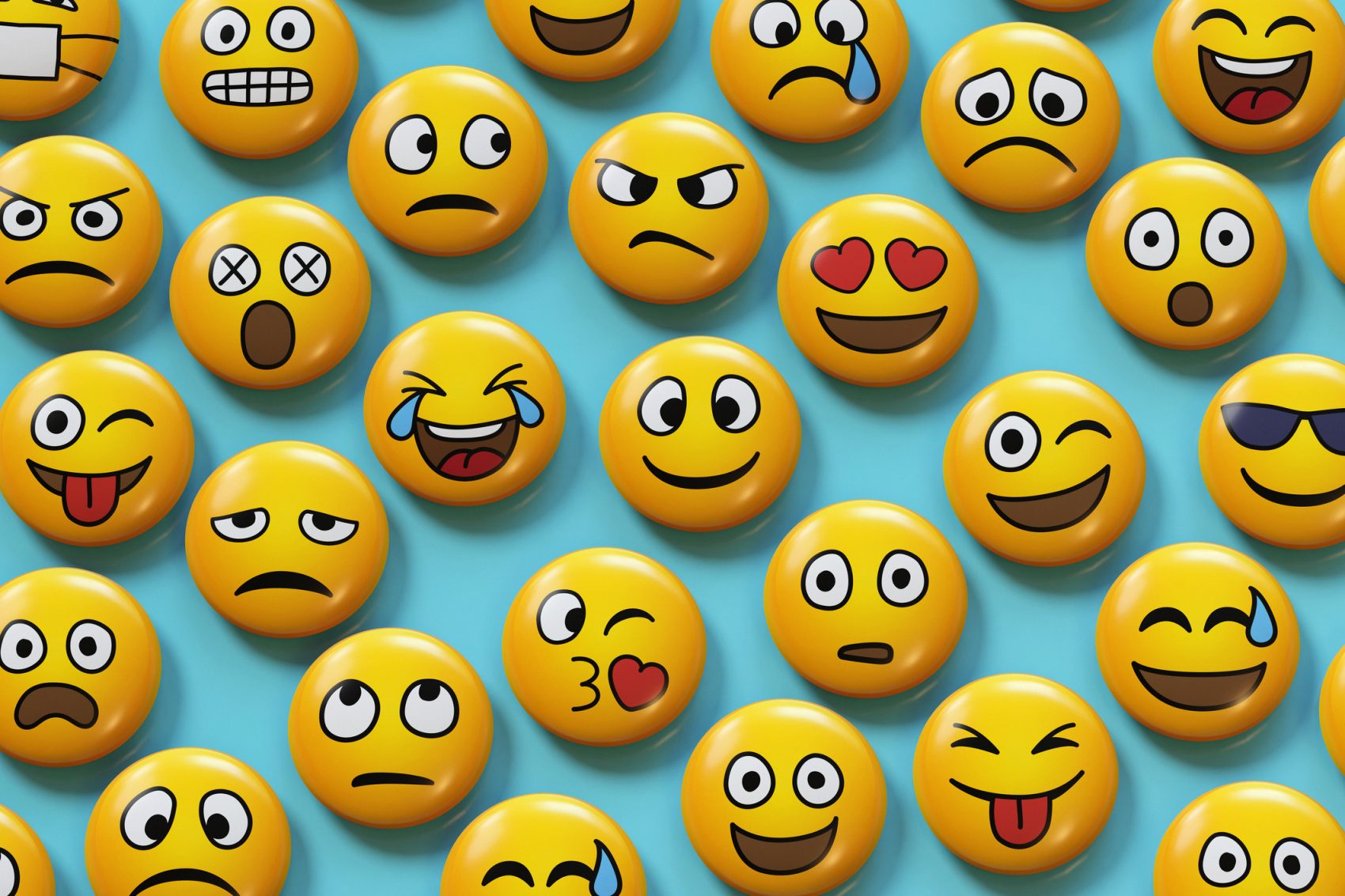- It’s hard to imagine today’s communication landscape without emojis.
- From the burning 🔥 used to highlight breaking news to the tearful 😢 marking a tragedy, emojis in newsroom updates help readers quickly grasp the emotional tone of a story.
It’s hard to imagine today’s communication landscape without emojis. These tiny symbols have become central to how we express ourselves digitally—and journalists have taken notice.
From the burning 🔥 used to highlight breaking news to the tearful 😢 marking a tragedy, emojis in newsroom updates help readers quickly grasp the emotional tone of a story.
What began as a quirky shorthand has now evolved into an editorial tool. The term “emoji” is derived from the Japanese words “e” (picture) and “moji” (character), but their journey to global prominence started decades ago.
In 1982, American Computer Scientist Scott Fahlman created the first emoticons to clarify tone in online messages, laying the foundation for emotional digital language.
Read More

Then in 1999, Japanese designer and Software developer Shigetaka Kurita designed the first emoji set for Japan’s mobile carrier NTT DoCoMo.

Emojis remained largely regional until the explosion of smartphones and messaging apps in the 2010s brought them to the world. Their influence became so powerful that in 2015, Oxford Dictionaries named 😂 the Word of the Year.
Newsrooms, especially those that are mobile-first, now use emojis to not only set tone but also boost audience engagement. Whether in newsletters, podcasts, or social media explainers, emojis humanize reporting and signal personality—if used ethically and with care.
Yet, editorial teams still debate their use, cautioning against the risk of trivializing serious issues or causing cultural misunderstandings.
World Emoji Day, celebrated on July 17 each year, is now an occasion for tech companies and media outlets alike to reflect on the role these icons play. In 2025, emojis aren't just part of communication—they're part of journalism’s new voice.












